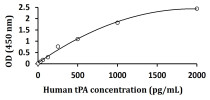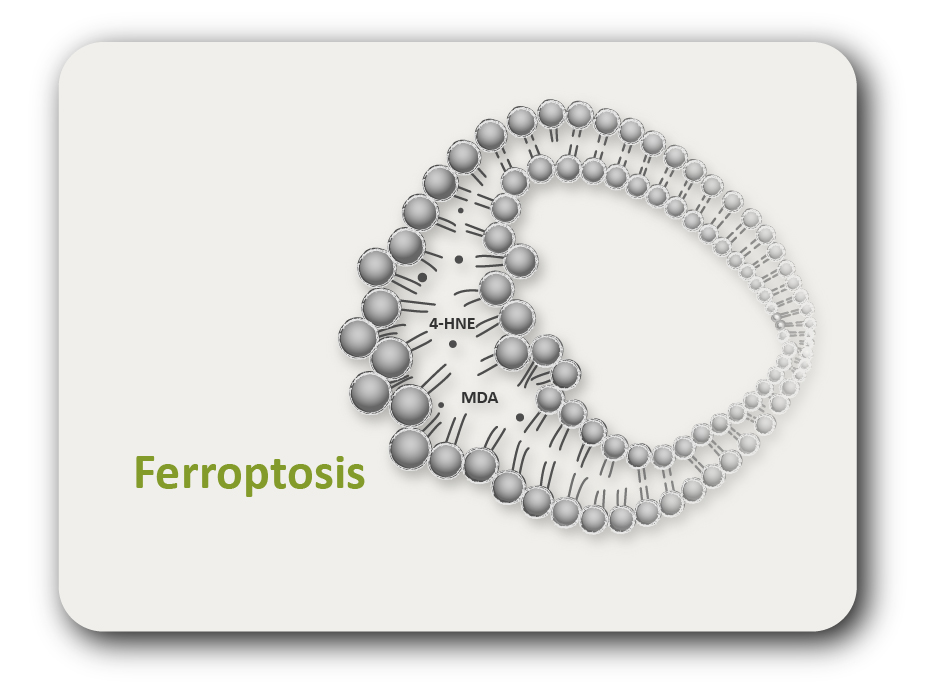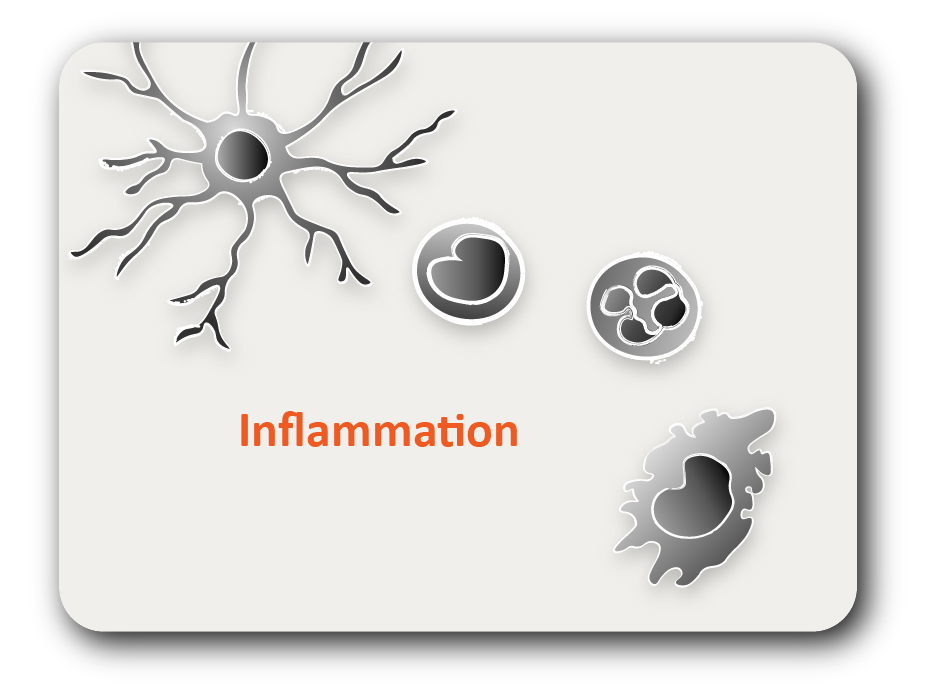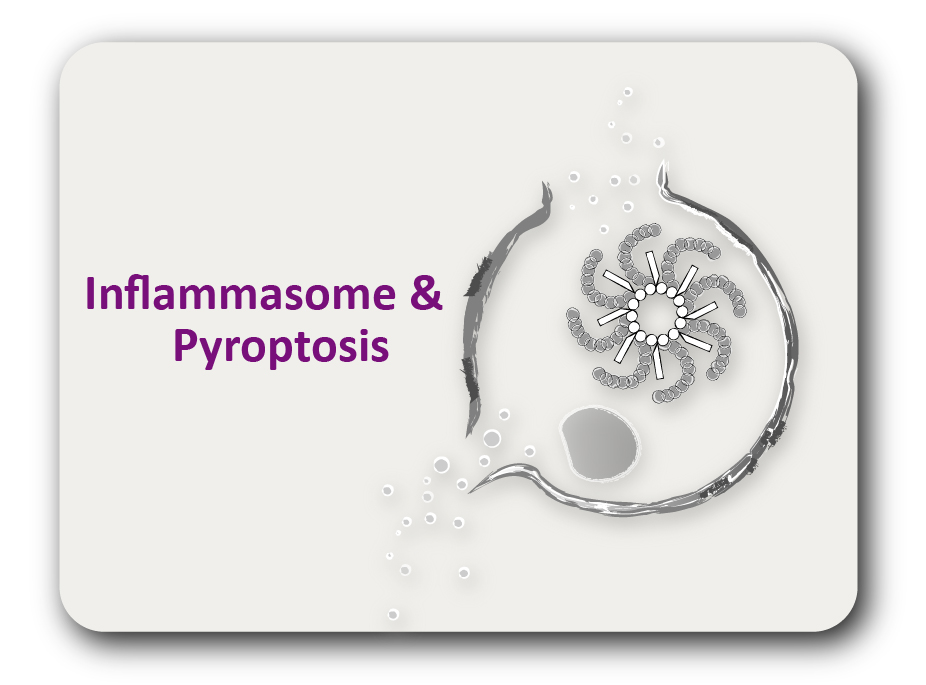ARG83216
Human tPA ELISA Kit (Rapid One-Step)
Human tPA ELISA Kit (Rapid One-Step) for ELISA and Human
Overview
| Product Description | ARG83216 Human tPA ELISA Kit (Rapid One-Step) is an Enzyme Immunoassay kit for the quantification of Human tPA in Serum, Plasma, Urine and Cell culture supernatants. It is a rapid One-step 90 minutes protocol. |
|---|---|
| Tested Reactivity | Hu |
| Tested Application | ELISA |
| Specificity | There is no detectable cross-reactivity with other relevant proteins. |
| Target Name | tPA |
| Conjugation | HRP |
| Conjugation Note | Substrate: TMB and read at 450 nm. |
| Sensitivity | 15 pg/ml |
| Detection Range | 31.2 pg/ml - 2,000 pg/ml |
| Sample Type | Serum, Plasma, Urine and Cell culture supernatants |
| Precision | Intra-Assay CV: 5.7% Inter-Assay CV: 6.3% |
| Alternate Names | TPA; tPA; T-PA; t-plasminogen activator; t-PA; Tissue-type plasminogen activator; EC 3.4.21.68; Reteplase; Alteplase |
Application Instructions
| Assay Time | ~ 1.5 hours |
|---|
Properties
| Form | 96 well |
|---|---|
| Storage Instruction | Store the kit at 2-8°C. Keep microplate wells sealed in a dry bag with desiccants. Do not expose test reagents to heat, sun or strong light during storage and usage. Please refer to the product user manual for detail temperatures of the components. |
| Note | For laboratory research only, not for drug, diagnostic or other use. |
Bioinformation
| Database Links | |
|---|---|
| Gene Symbol | PLAT |
| Gene Full Name | plasminogen activator, tissue |
| Background | This gene encodes tissue-type plasminogen activator, a secreted serine protease which converts the proenzyme plasminogen to plasmin, a fibrinolytic enzyme. Tissue-type plasminogen activator is synthesized as a single chain which is cleaved by plasmin to a two chain disulfide linked protein. This enzyme plays a role in cell migration and tissue remodeling. Increased enzymatic activity causes hyperfibrinolysis, which manifests as excessive bleeding; decreased activity leads to hypofibrinolysis which can result in thrombosis or embolism. Alternative splicing of this gene results in multiple transcript variants encoding different isoforms. [provided by RefSeq, Jul 2008] |
| Function | Converts the abundant, but inactive, zymogen plasminogen to plasmin by hydrolyzing a single Arg-Val bond in plasminogen. By controlling plasmin-mediated proteolysis, it plays an important role in tissue remodeling and degradation, in cell migration and many other physiopathological events. Plays a direct role in facilitating neuronal migration. [UniProt] |
| Cellular Localization | Secreted, extracellular space. [UniProt] |
| PTM | The single chain, almost fully active enzyme, can be further processed into a two-chain fully active form by a cleavage after Arg-310 catalyzed by plasmin, tissue kallikrein or factor Xa. Differential cell-specific N-linked glycosylation gives rise to two glycoforms, type I (glycosylated at Asn-219) and type II (not glycosylated at Asn-219). The single chain type I glycoform is less readily converted into the two-chain form by plasmin, and the two-chain type I glycoform has a lower activity than the two-chain type II glycoform in the presence of fibrin. N-glycosylation of Asn-152; the bound oligomannosidic glycan is involved in the interaction with the mannose receptor. Characterization of O-linked glycan was studied in Bowes melanoma cell line. [UniProt] |
Images (1) Click the Picture to Zoom In
| Title | Download Link |
|---|---|
| ARG83216 Human tPA ELISA Kit (Rapid One-Step) User manual |
 Download Download
|






